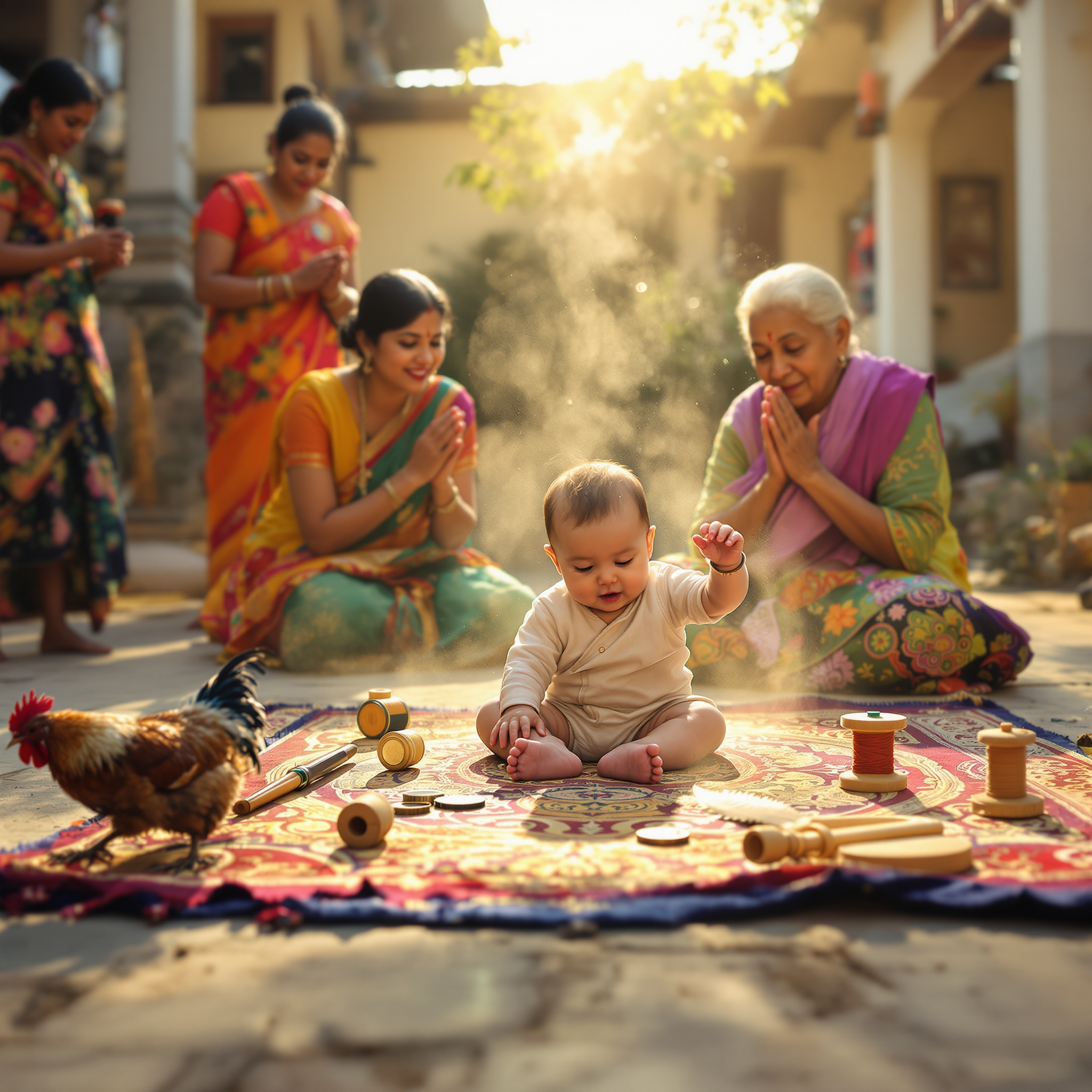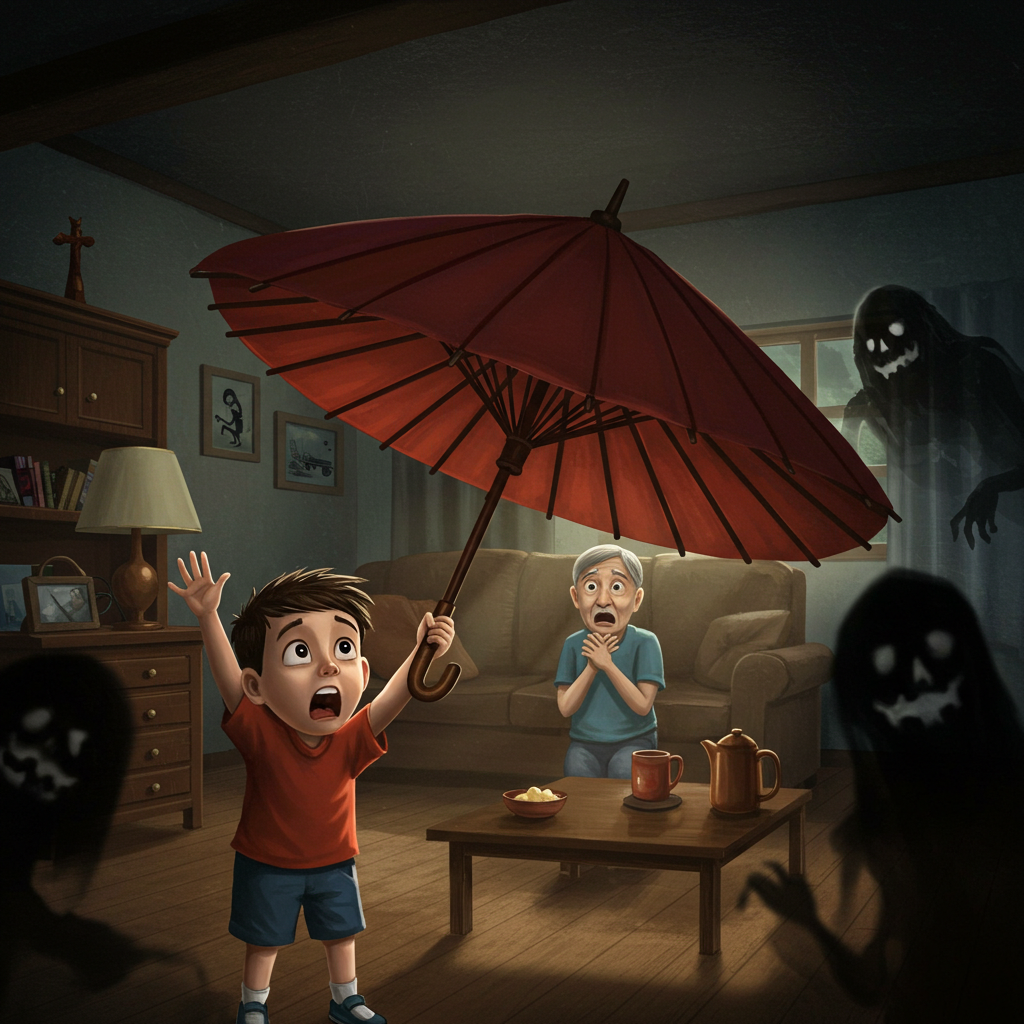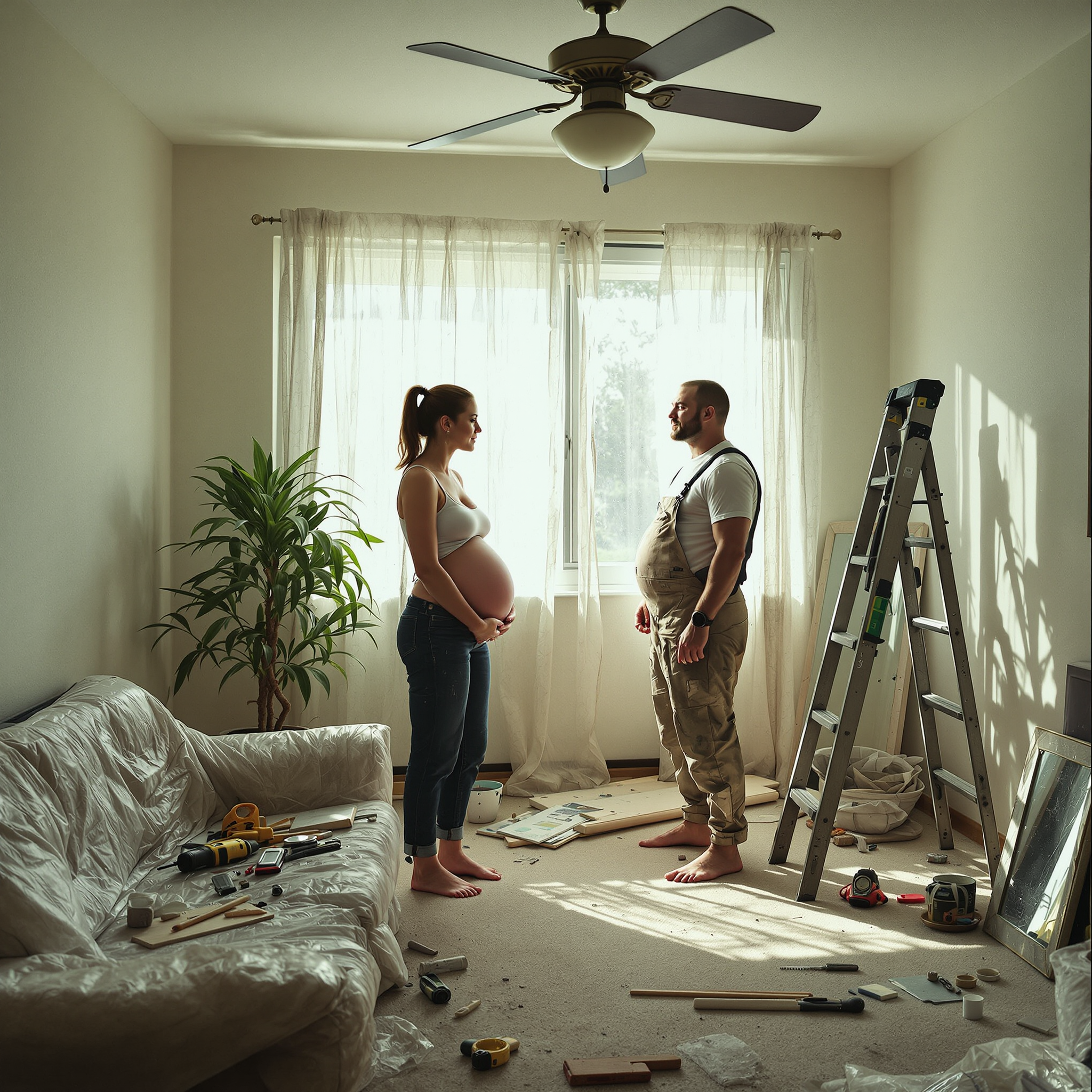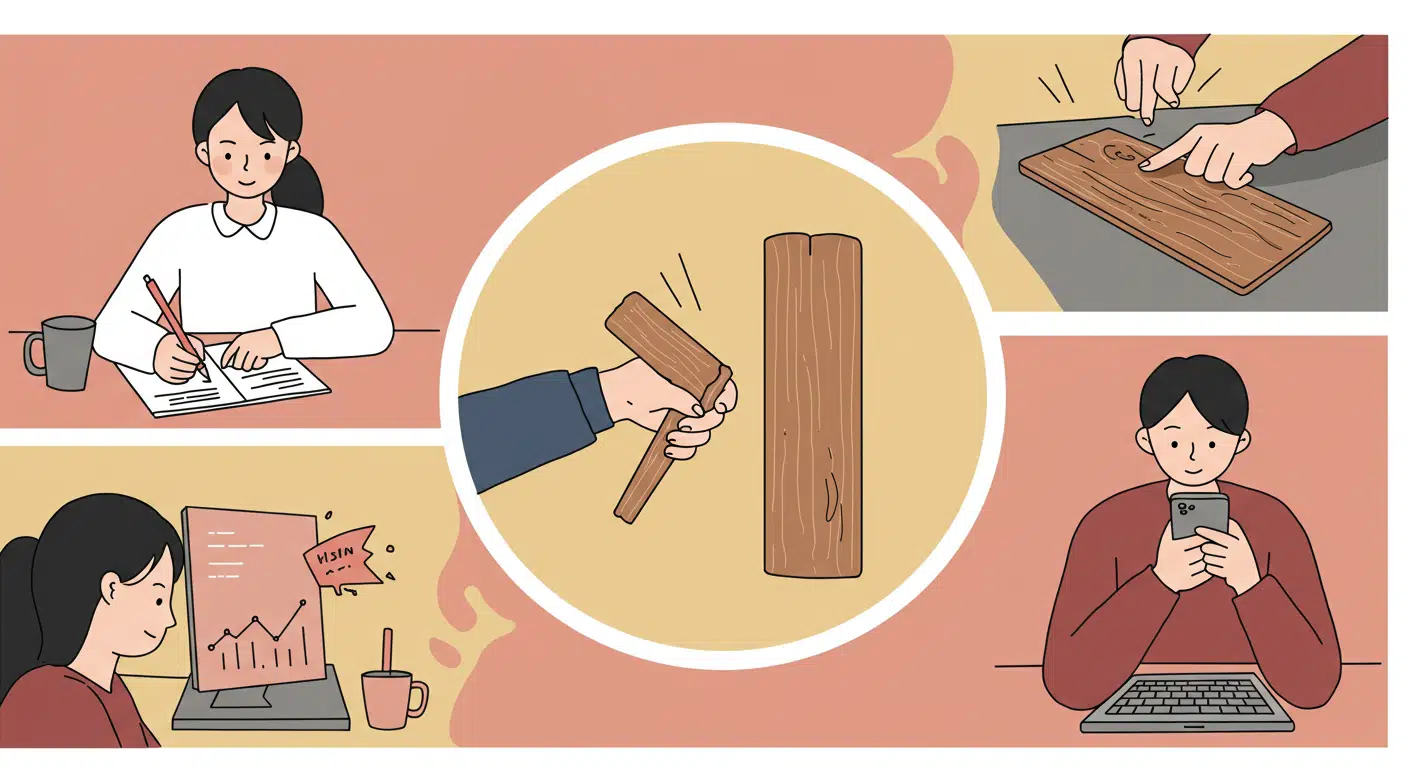Opening an umbrella inside a home or building is considered bad luck and may bring misfortune to the household. While some traditions specify that the bad luck only affects the person who opened the umbrella, others extend the misfortune to everyone present. The taboo persists in homes, theaters, and public spaces, even when few can explain exactly why the act is considered unlucky.

A baby’s future career or fate is predicted by the first object they select during a ceremonial setup.
In several Asian and Eastern European cultures, a traditional ceremony is held for babies usually around their first birthday. Known


